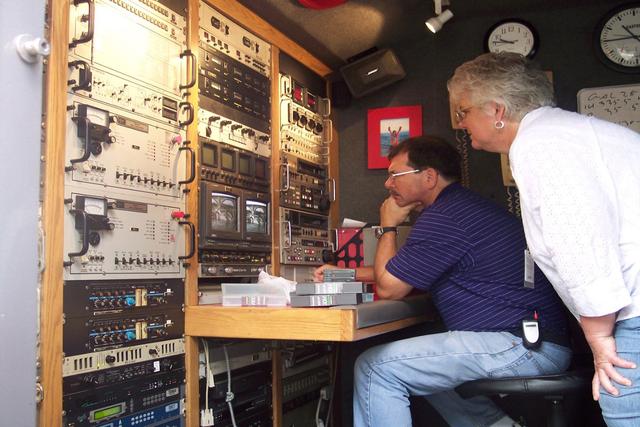Musicians
Overview
Introduction
Musicians perform, compose, conduct, arrange, and teach music. Performing musicians may work alone or as part of a group, or ensemble. They may play before live audiences in clubs or auditoriums, or they may perform on television or radio, in motion pictures, or in a recording studio. Musicians usually play either classical, popular (including rock and country), jazz, or folk music, but many musicians play several musical styles. Musicians and singers hold approximately 187,600 jobs in the United States.
Quick Facts
Median Salary
Employment Prospects
Minimum Education Level
Experience
Skills
Personality Traits
Earnings
It is difficult to estimate the earnings of the average musician, because what a musician earns is dependent upon his or her skill, reputation, geographic location, type of music, and number of engagements per year.
According to the U.S. Department of Labor, median earnings of musicians and singers were $28.15 per hour ($58,552 annually) in May 2018. The lowest paid 10 percent earned $10...
Work Environment
Work conditions for musicians vary greatly. Performing musicians generally work in the evenings and on weekends. They also spend much time practicing and rehearsing for performances. Their workplace can be almost anywhere, from a swanky club to a high school gymnasium to a dark, dingy bar. Many concerts are given outdoors and in a variety of weather conditions. Performers may be given a stars d...
Outlook
It is difficult to make a living solely as a musician, and this will continue because competition for jobs will be as intense as it has been in the past. Most musicians must hold down other jobs while pursuing their music careers. Thousands of musicians are all trying to make it in the music industry. Musicians are advised to be as versatile as possible, playing various kinds of music and more ...































































































